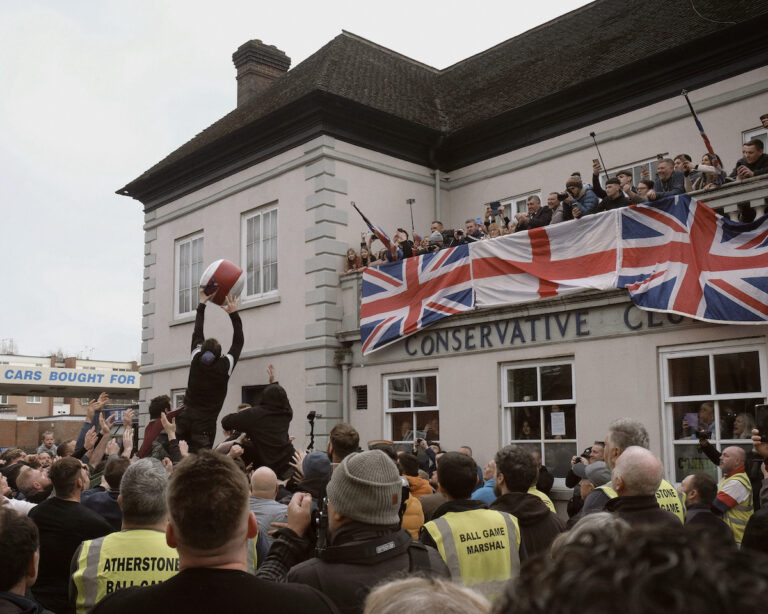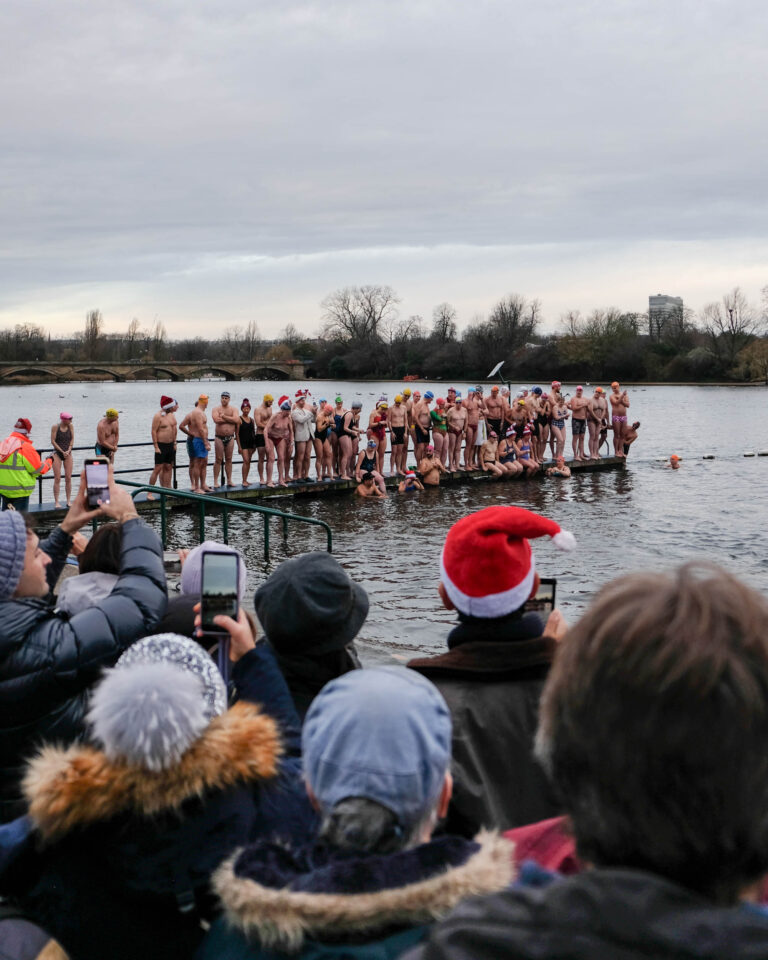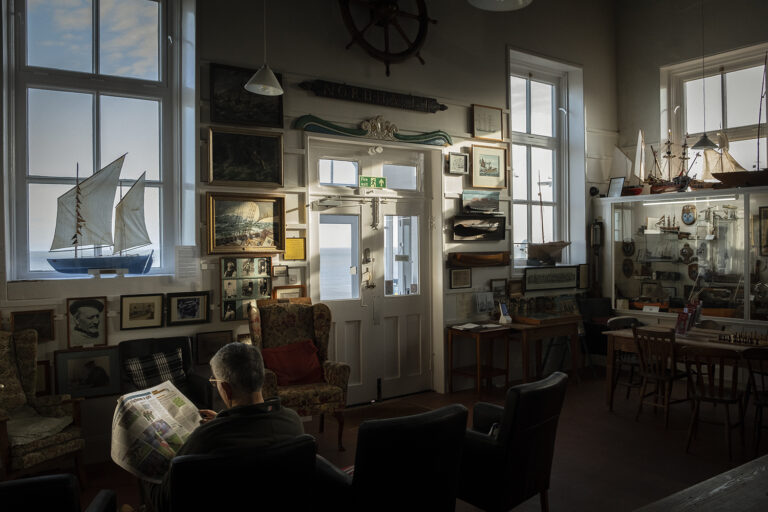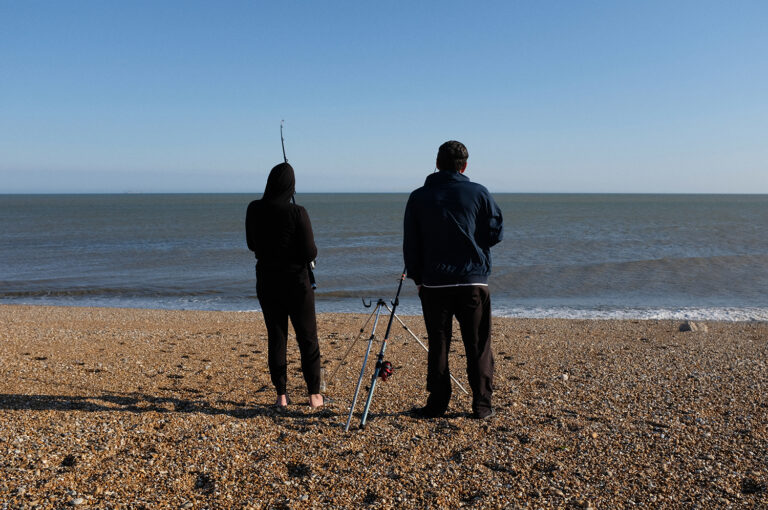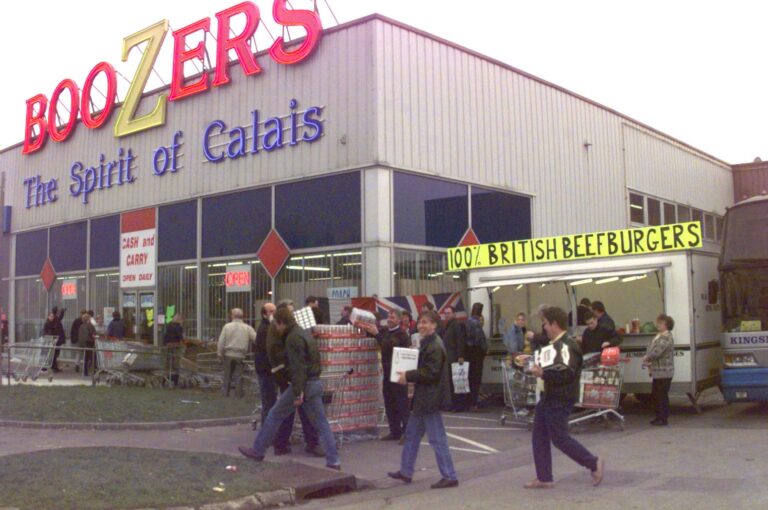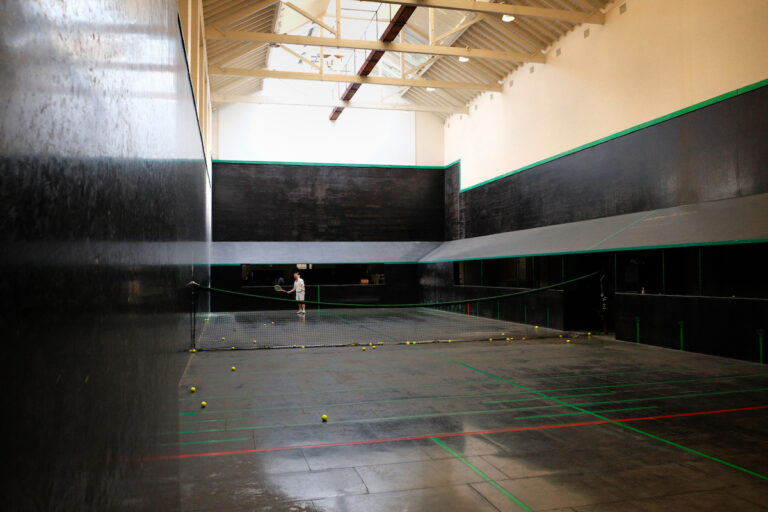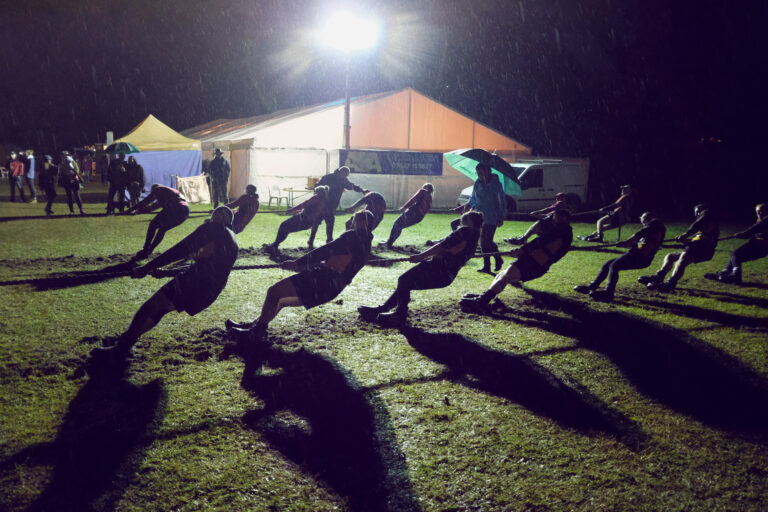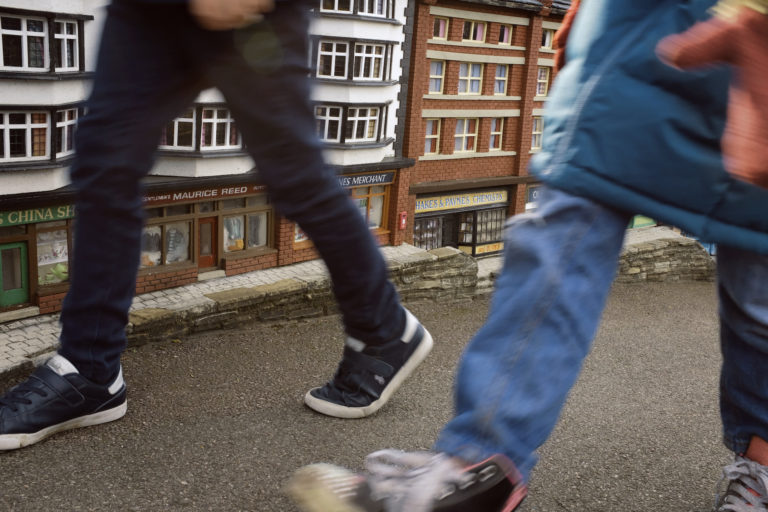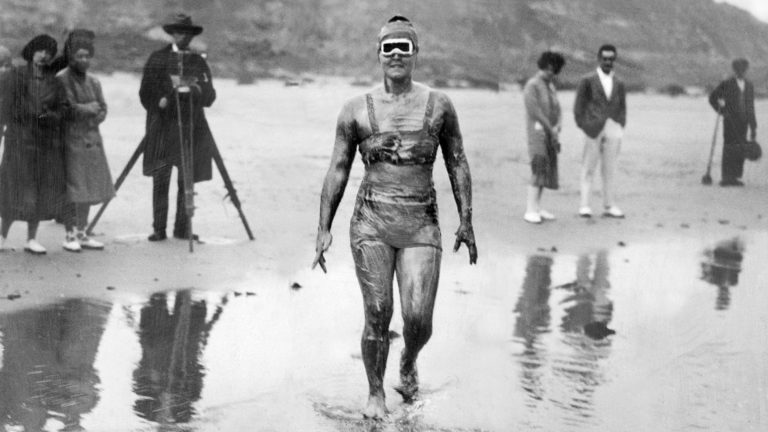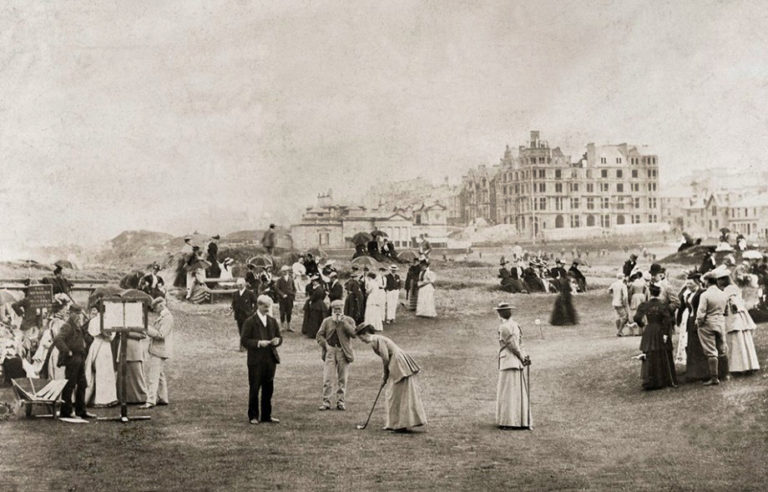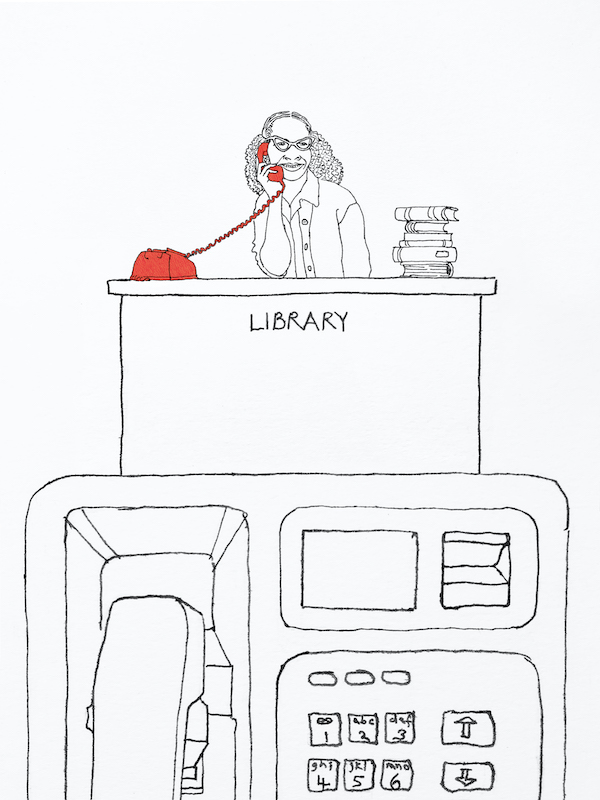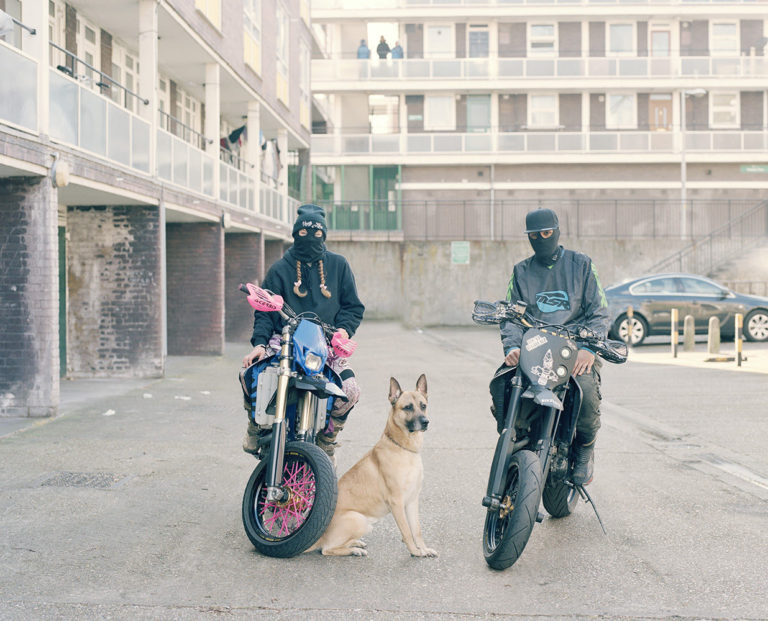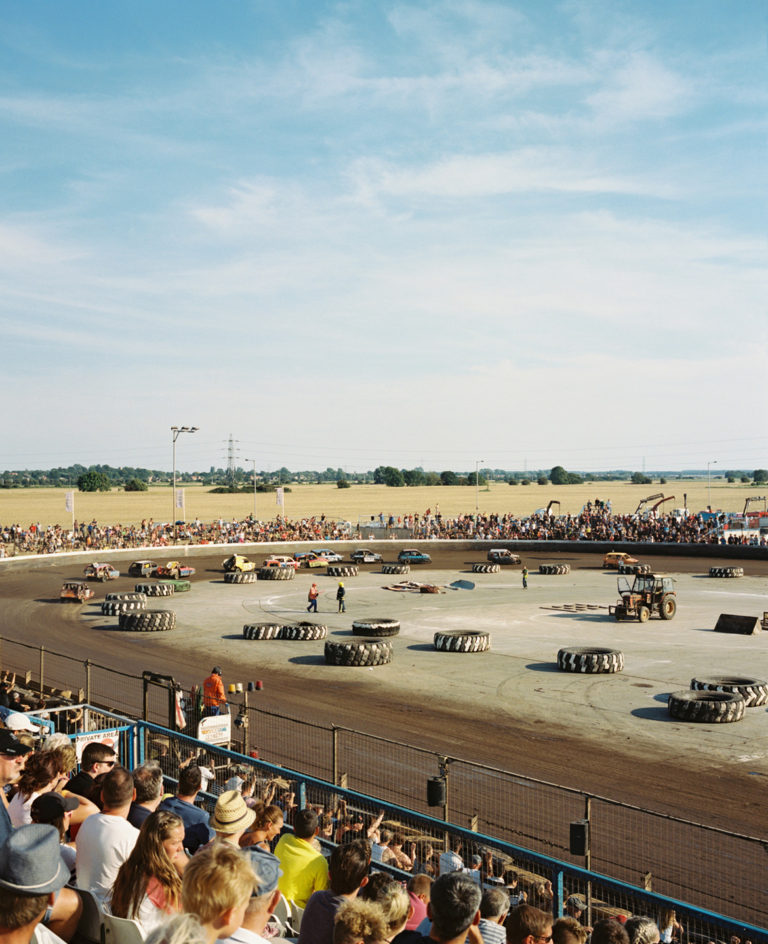SPA TOWNS OF MID-WALES I Llanwrtyd Wells, Llandrindod Wells, Llangammarch Wells, Builth Wells
Wellness retreats for Victorian peeps
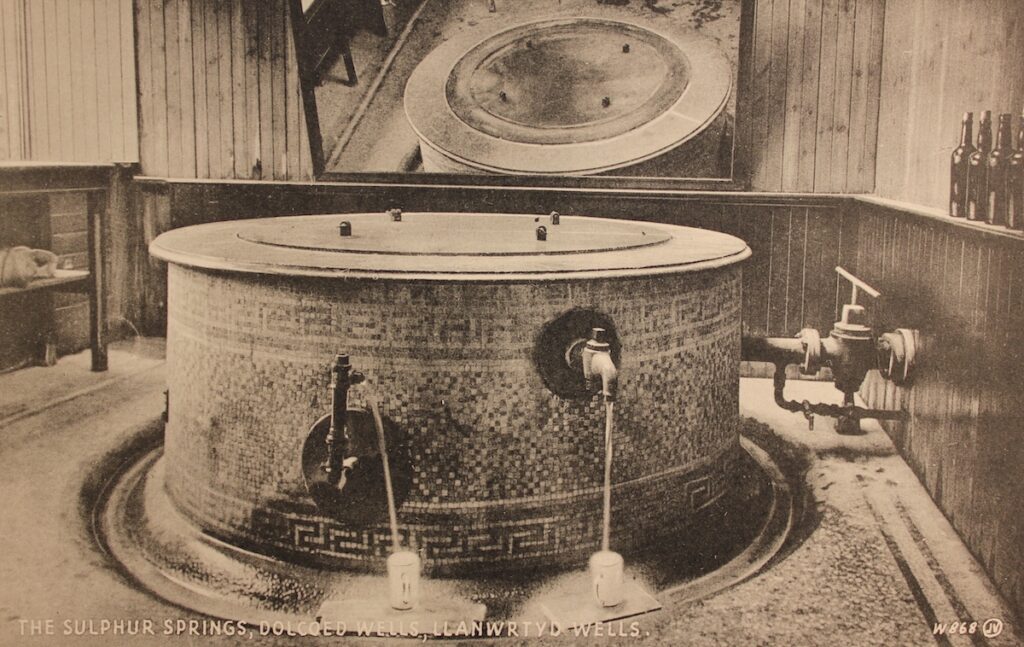
Images as credited, words by The Coracle.
These four towns were once obscure villages deep in Powys’ empty hills until the discovery of some foul smelling water, transformed them into elegant spa resorts filled with the great and the good. Bath and Buxton are more famous but guidebooks of the 1920s describe the towns’ rapid growth and spirit of enterprise as rivalling an American city out West. By the 1930s they were on the gradual road back to being forgotten. The South Wales valleys are remembered for the turbulent effects of the discovery of coal and its aftermath but ageing here has been more graceful and less political. So what’s with the water?
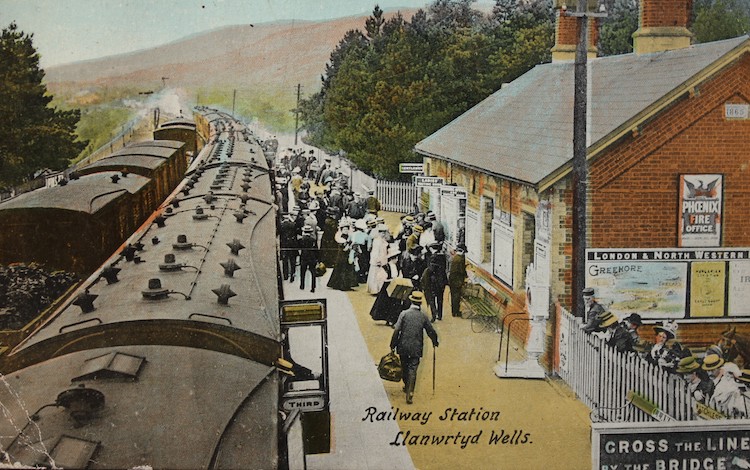
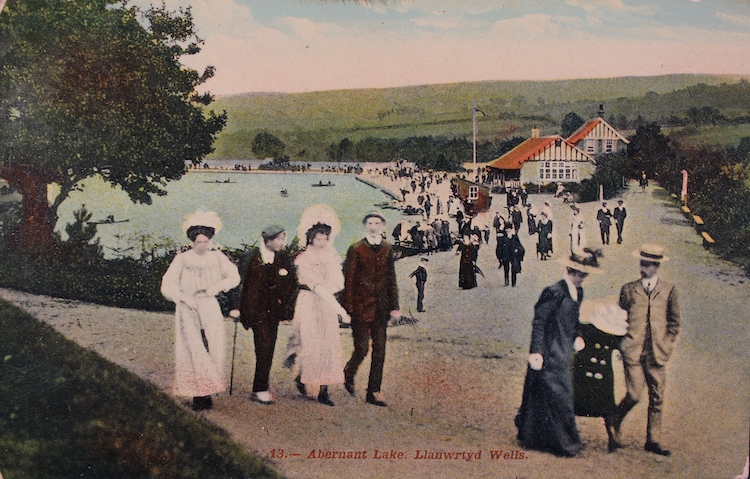
Spa resorts were built around the curative effects of water, containing minerals and salts from the rocks it has passed through on its way to the surface, these could be drunk or externally applied to improve one’s health. Most UK spa towns have the suffix ‘wells’ or ‘bath’ or ‘spa’, the latter deriving from the town of Spa in Belgium. There’s always been a fluctuating importance attached to ‘taking the waters’ in this country, with heydays in the Roman, Medieval, Georgian and Victorian eras but the bright lights of Bath Spa set the tone in creating a desire to be cured and to be noticed.
If you want to be noticed now, mid Wales might not be the right place for you but it is the right place geologically; the rocks here provide a health giving mix of minerals. With the arrival of the railway, these towns became more accessible and each developed a particular clientele. Llandrindod was popular with the English, Llanwrtyd with Welsh non-conformists, Llangammarch was for Prime Ministers like Lloyd George and Builth for the working class coal miners treating their silicosis.
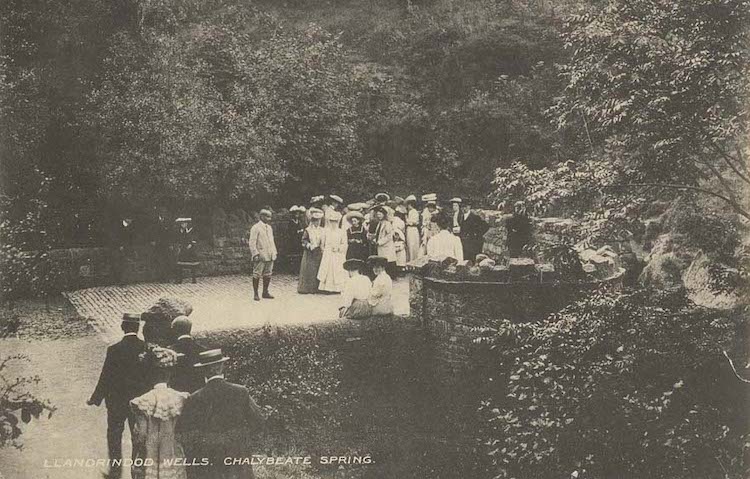
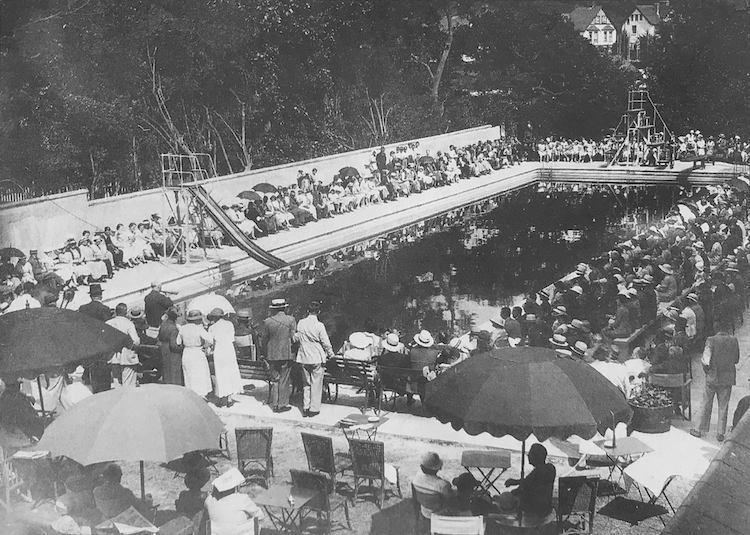
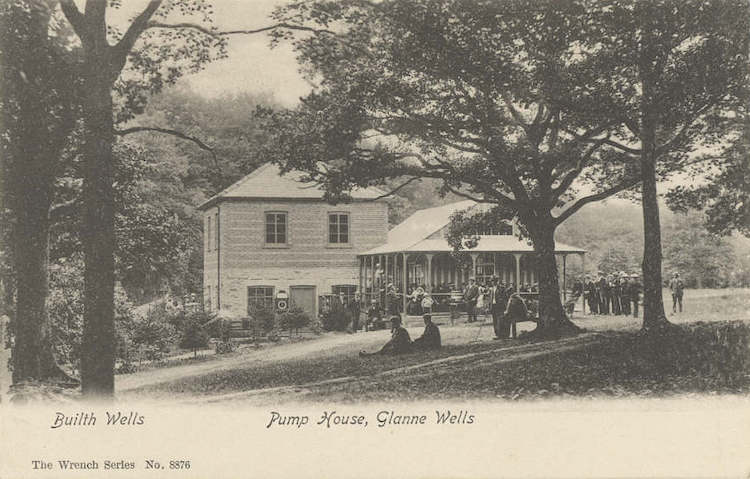
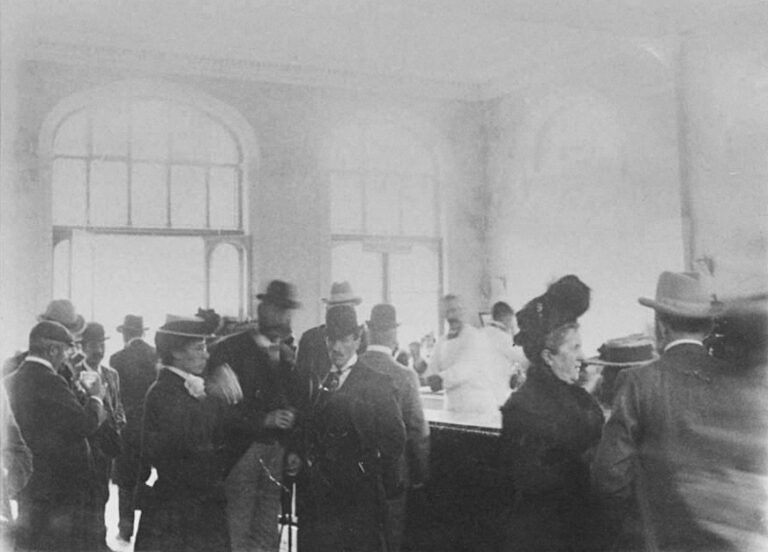
How did they start? Llanwrtyd has the best founding story. In 1732 Reverend Theophilus Evans heard of a foul smelling spring in a meadow, saw a frog hop out none the worse for wear and decided to drink it for a skin complaint which was subsequently cured. Rather than sitting in a soggy patch of meadow, people gradually built around the spring and in 1867 the new railway brought even more visitors, catapulting the locals from farmers to pharmacists.
As well as Theo’s skin complaint, the mineral rich waters also cured: rheumatism, gout, lumbago and sciatica, anemia, bronchitis, asthma, malaria, consumption, influenza, dyspepsia, calcareous and liver diseases, indigestion, gallstones, catarrh, vertigo, leprosy, scurvy, herpes, tetterous eruptions and of course scrofula. Quantity, temperature and time of day were all critical for the desired effect and doctors on site gave out prescriptions (scrips) for specific waters based on your condition. Even as late as 1983, Margaret Thatcher used Llandrindod water in her recovery from an operation on a damaged retina.
If you were thinking water is just water then think again because air isn’t just air, it’s also a climactic cure that can be categorised subject to need. The air quality of the UK’s industrial cities was formerly much worse, at least the sulphurous stinking spa waters were good for you. The Victorians had a particular fear of stagnant air, so the winds of mid Wales were said to be cleansing and even good for the condition of ‘smoker’s heart’. Tourist guidebooks sold Llandwrtyd’s air as ‘Soft and invigorating, fresh and fragrant’ and spa historian Bruce Osbourne tells us; ‘The open moor was to the spa what the sea was to the coastal resort, noted for its bracing winds and invigorating climate.’
So you had to be there apparently, for the air but also the water. Treatment courses often involved a stay, as the efficacy of the water was said to be greater at the source. Apart from drinking water and breathing air, what else was there to do here? At Llanwrtyd, the mineral spring water went directly into the Dolcoed Hotel bathrooms so you could bathe in it. Other treatments using the water or otherwise included; needle sprays, carbonic acid, douche baths, Vichy treatments, Nauheim, massages, localised burning, high frequency batteries and best of all the Fango Radio-Active Mud Treatment.
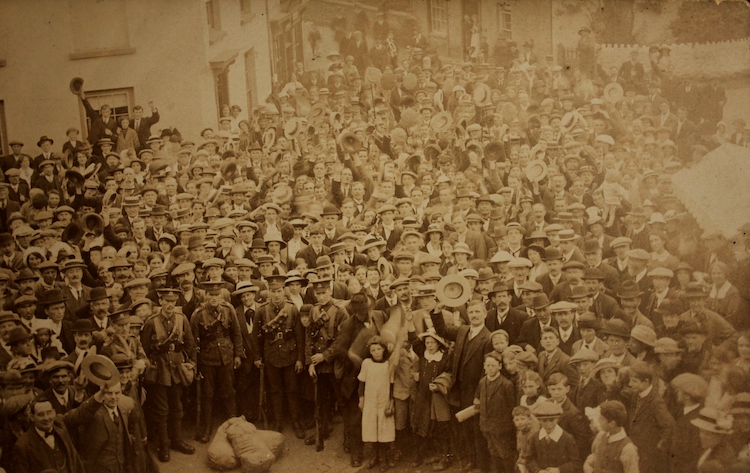
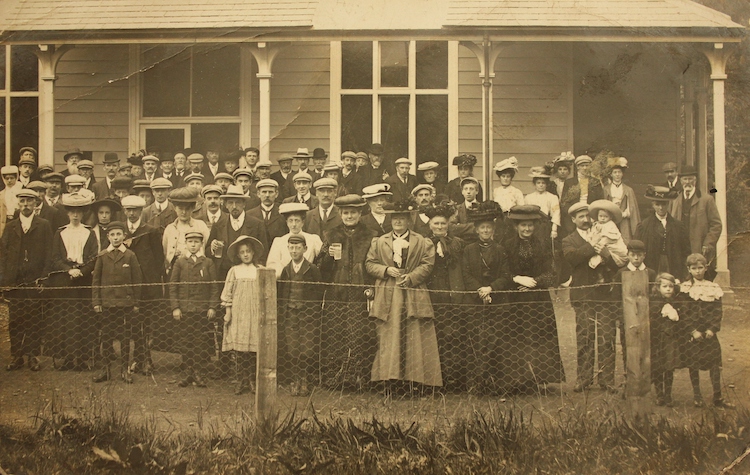
Pre NHS these treatments were much more important but spas were resorts as much as health centres. Aside from taking the water in pump rooms, other diversions included: parks, gardens, casinos, theatres, orchestras, tennis, boating, bowling, croquet, bike hire, bath chairs, billiards and when more recovered, trips of the wider wilder area. All these provided a psychological diversion that contributed to a recovery or just to a good holiday. A change is as good as a rest. As Bruce says; ‘For many the social scene was perhaps more important and taking the cure was the justification for a sojourn at the premier Welsh spa.’
And sojourn they did. In 1874, 45,000 people visited Llanwyrtd over six months. What is now the UK’s smallest town had a fleet of forty boats on the lake, four bakers, three butchers, five grocers and, marvel of marvels, three story buildings! At Llandrindod 24 trains a day passed through and on one bank holiday, over 1000 sulphurous glasses had been drunk from one of the springs before 9 am. Medical practitioners warned of overcrowding as countesses, composers and comedians came to perform and partake. In the 1990s Walter Powell, a Llandrindod resident and sometime hotel worker, reminisced the scene;
‘The hotel had its own market gardens and greenhouses on the 67 acres of the estate. In front of the building was a large bandstand where Keiller’s Austrian Orchestra with its 11 members would give concerts from 7.30 a.m. until 9.30 p.m. After dark, the driveway was lit by Japanese lanterns hanging from the trees. These were placed in position every Spring and taken down again each Autumn. Seats for the visitors were placed under the hotel verandahs and after dinner the guests would sit and talk’.
Unlike the coal valleys, there was no Maggie to close the industry down so why does Llanwyrtd now only have a Spa of the corner shop variety? Decline set in from the end of WW1. Leisure and health became more delineated and the emergence of the NHS demoted spas as less clinical than a nice clean pill prescribed by your GP. People turned to foreign holidays with warm waters that you didn’t have to drink. The mid Wales spa towns didn’t make the leap to the new era. As Pete Sager says in his book Pallas; ‘what was once part of a health cure ritual – entertainment, dances, love affairs – now seems more appropriate on a Mediterranean cruise than in a small town in Mid-Wales’. Going to a modern UK spa is more about pampering and pedicures than prescriptions. Less about the water, more about sipping mocktails around a pool wearing a monogrammed towelling robe, having detoxed in a salt cave.
What should/could a spa town look like now? A heritage/leisure centre or a holistic/wellness retreat? The jury is out but as Bruce Osbourne says; ‘the phoenix still awaits its moment.’ Guidebooks of the era claimed that ‘You shall there be quite out of the region of fashion, of exciting newspapers, and noises of all kinds’. This is even truer now, these towns are all the more charming for their peacefulness.
In Llandrindod the chalybeate spring carries on flowing and some of the grand old spa hotels still take guests. The Victorian builders knew a thing or two about beautiful design which contrasts with one of the most atmospheric remains. Unsignposted, tucked away behind a former spa hotel and nestled inside what looks like a small suburban greenhouse is the original bubbling spring at Llanwrtyd, with its roman tiling and a smell that the good Reverend Theo Evans would still recognise.
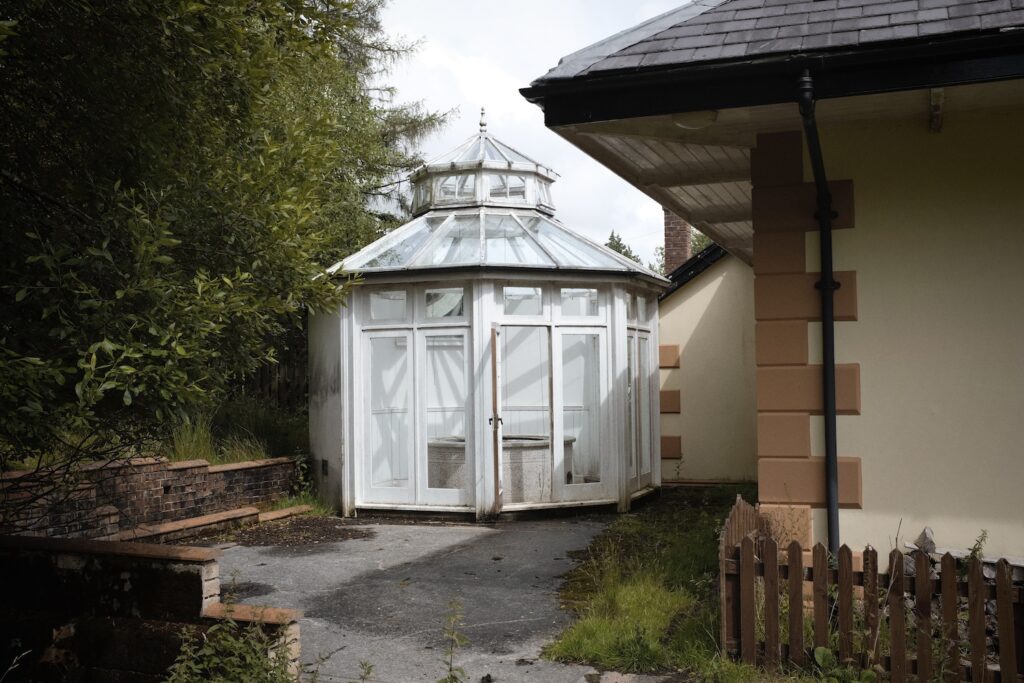
Is mineral water still good for us? This article suggests it is.
But leave those Fiji plastic bottles on the shelf and get some from here.
Find about more about Llandrindod’s waters in Bruce Osbourne’s book.
Llanwrytd has a wonderful museum as does Llandrindod.
Bath stopped using its thermal mineral water altogether from the 1970s – 2006 but you can now bathe there again as the Romans once did.
You can still drink the waters at Strathpeffer, Tunbridge Wells, Malvern, Cheltenham, Leamington Spa.
